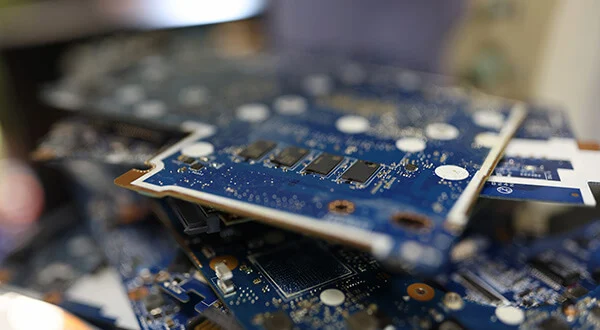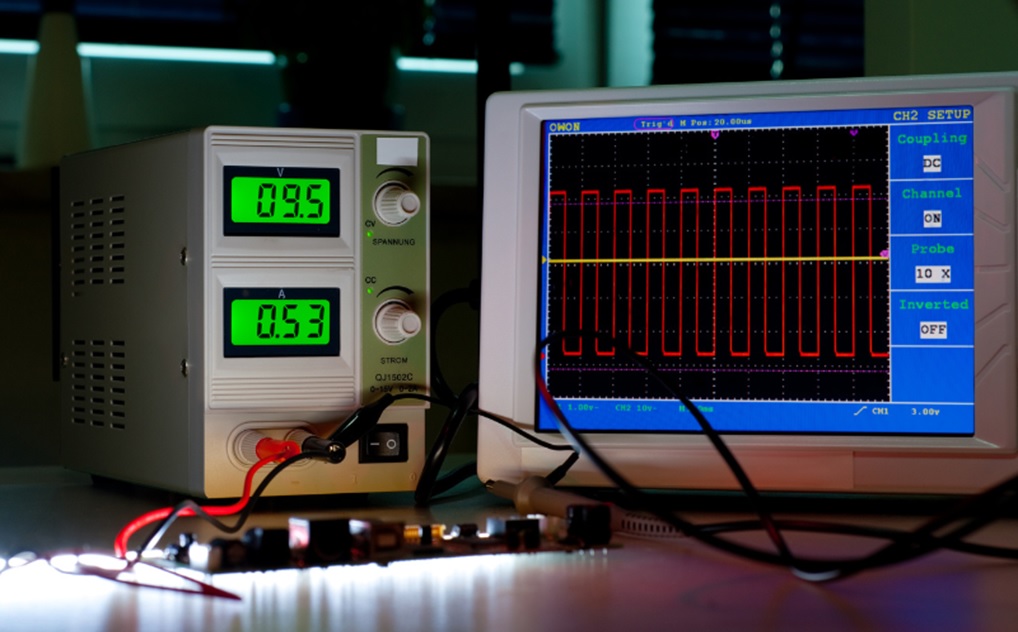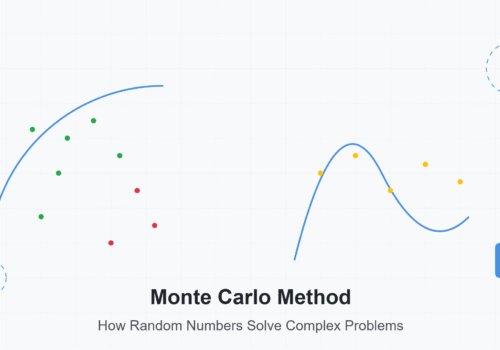Network vs Protocol Analyzer: Best for DDR Memory Test?
Validating the DDR memory system is essential to guaranteeing dependable operation in high-speed applications. Engineers use specialised tools such as network analysers and protocol analysers to test and troubleshoot memory systems. Although both programs are essential, getting accurate DDR memory test results requires knowing their unique features and uses.
Compare and contrast these pieces of equipment, allowing users to properly utilise them.
Network Analysers: Broad Spectrum Analysis
Network analysers are used primarily to evaluate the integrity of electrical and signal characteristics in a DDR memory test. These devices excel in examining physical layer parameters and ensuring signal integrity.
Core Functions of Network Analysers:
- Impedance Matching: Identifies mismatches in transmission lines that could degrade DDR performance.
- S-Parameter Analysis: Evaluates the scattering parameters, critical for understanding how signals behave within DDR components.
- Frequency Domain Analysis: Provides a clear view of how the DDR system performs across different frequencies.
- Reflection and Loss Measurements: Ensures minimal signal loss and optimal reflection coefficients in high-speed memory designs.
Although network analysers focus on the electrical properties of DDR memory, they do not decode communication protocols, making them unsuitable for higher-level system analysis.
Protocol Analysers: Decoding System Communication
Protocol analyzers are designed to monitor and decode communication protocols between DDR components. Unlike network analysers, they focus on the data rather than the physical layer, offering detailed insights into system behaviour.
Core Functions of Protocol Analysers:
- Real-Time Data Monitoring: Tracks interactions between memory controllers and DDR modules.
- Error Detection: Identifies protocol-level errors such as incorrect commands or timing violations.
- Command Analysis: Decodes memory commands and data packets for in-depth validation.
- Performance Metrics: Measures latency, throughput, and other system-level parameters.
Protocol analysers are essential for verifying compliance with DDR memory standards and debugging complex communication issues. However, they are less effective at analysing physical-layer issues than network analysers.
Digitisers: Bridging the Gap
Digitizers play a supplementary role in DDR memory validation by converting analogue signals into digital formats for further analysis. These devices are often integrated into test setups with network and protocol analysers to enhance measurement precision.
Benefits of Using Digitisers:
- High-Speed Sampling: Captures transient events in DDR memory systems.
- Data Visualisation: Enables waveform analysis for better understanding of signal behaviour.
- Versatility: Supports both physical and protocol-layer measurements depending on the setup.

Network Analyser vs. Protocol Analyser: Which Should You Use?
Choosing between a network analyser and a protocol analyser depends on the type of DDR memory test being performed. Below are some factors to consider:
1. For Signal Integrity Testing:
- Use a network analyser.
- Ideal for identifying electrical issues like impedance mismatches or signal attenuation.
2. For Communication Protocol Debugging:
- Opt for a protocol analyser.
- Essential for decoding and verifying command sequences, timing, and compliance with standards.
3. For Comprehensive Testing:
- Combine both tools.
- Network analysers address physical issues, while protocol analysers validate system communication.
Practical Applications in DDR Memory Validation
System-Level Debugging:
Protocol analysers are used to identify miscommunication between DDR controllers and memory modules, which is critical for ensuring data consistency.
Performance Optimisation:
Network analysers help ensure the physical layer operates efficiently, reducing errors and improving overall throughput.
Signal Capture and Analysis:
Digitisers work alongside both analysers to capture high-speed signals for further analysis.
Compliance Testing:
Protocol analysers validate DDR systems against industry standards, while network analysers ensure adherence to electrical specifications.
Conclusion
Digitalisers, network, and protocol analysers are essential tools for validating DDR memory systems. Although protocol analysers are excellent at decoding and troubleshooting system-level communication, network analysers thoroughly understand signal integrity. Digitiser integration improves the testing procedure even more by connecting physical and protocol-layer analysis. Engineers may select the best combination for dependable DDR memory tests by being aware of the advantages and uses of each tool, guaranteeing peak performance in high-speed computing settings.
Visit Genetron Corp to ensure your DDR memory systems meet the highest performance and reliability standards.





